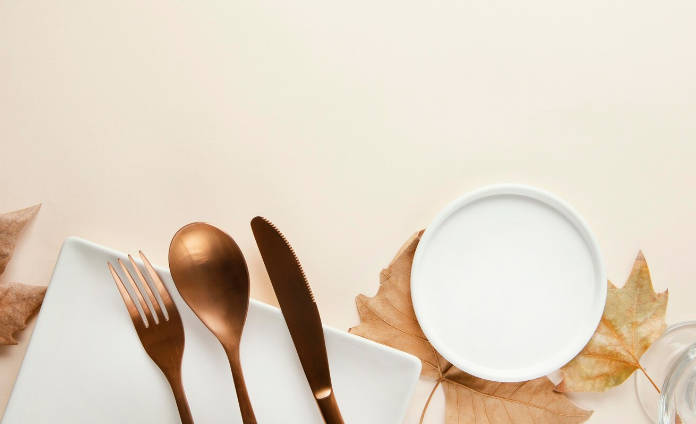When it comes to dining, the experience is not just about the food served but also the way it is presented. Tableware plays a crucial role in setting the tone for a meal, enhancing the aesthetic appeal, and elevating the overall dining experience. Whether you’re hosting an elegant dinner party or enjoying a casual family meal, understanding the various types of tableware can help you create the perfect setting. In this article, we will explore the essential types of tableware that every dining room table should have, focusing on their functions and styles.
1. Dinnerware
At the heart of any table setting is the dinnerware, which includes plates, bowls, and serving dishes. Dinnerware comes in a wide variety of materials, including porcelain, stoneware, and melamine.
- Plates: Typically, a place setting includes a dinner plate, salad plate, and dessert plate. The dinner plate is the largest and is used for the main course, while the salad and dessert plates are smaller and serve specific dishes.
- Bowls: Bowls are essential for serving soups, salads, and side dishes. Mixing bowls can also be used for food preparation, making them versatile additions to your tableware.
- Serving Dishes: Larger platters and serving bowls are great for family-style meals where guests can help themselves.
2. Glassware
Glassware is an essential component of tableware, contributing both function and style. This category includes various types of drinking vessels:
- Water Glasses: These are typically larger and designed to hold water or other non-alcoholic beverages.
- Wine Glasses: Different types of wine glasses enhance the flavor and aroma of the wine. Red wine glasses have a larger bowl, while white wine glasses are more upright. Champagne flutes are designed to keep sparkling wines bubbly.
- Tumblers and Highballs: These versatile glasses can be used for cocktails, soft drinks, or even desserts like parfaits.
3. Flatware
Flatware, or cutlery, is another essential type of tableware. It consists of knives, forks, and spoons, which are necessary for dining.
- Dinner Forks and Knives: The standard flatware set typically includes a dinner fork and knife for the main course. The knife is usually placed to the right of the plate with the blade facing inward.
- Salad Forks and Dessert Spoons: These smaller utensils are designed for specific courses and often have unique designs or finishes that complement the dinnerware.
- Serving Utensils: Large spoons and forks used for serving dishes make it easier to pass food around the table.
4. Servingware
Servingware refers to the dishes and containers used for presenting food at the table. This includes:
- Serving Platters: Ideal for presenting meats, cheeses, or appetizers, serving platters come in various shapes and sizes.
- Gravy Boats and Sauce Dishes: These are perfect for serving sauces and gravies, allowing guests to add their desired amount to their meals.
- Bread Baskets: Often lined with cloth, bread baskets provide a cozy way to serve rolls or breadsticks.
5. Table Linens
Table linens, while not technically tableware, play a significant role in the overall dining experience. They can add color, texture, and elegance to your table setting.
- Tablecloths: A well-chosen tablecloth can set the mood for the meal, whether casual or formal. They come in various materials, including cotton, linen, and polyester.
- Napkins: Cloth napkins elevate any meal and can be folded in various styles to enhance the table’s presentation.
- Table Runners: A table runner adds a decorative element while protecting the table’s surface. It can be placed down the center of the table or across the entire length.
6. Centerpieces and Decorative Items
Creating an inviting dining atmosphere involves more than just functional tableware. Centerpieces and decorative items can significantly enhance the aesthetic appeal of your dining room table.
- Vases: Fresh flowers in a vase can bring color and life to the table, creating a welcoming ambiance.
- Candles: Candleholders and votive candles add warmth and intimacy to your dining experience, especially for evening meals.
- Decorative Bowls: These can be filled with fruits or seasonal decorations, adding a personal touch to your table.
Conclusion
Understanding the various types of tableware is essential for creating an inviting and functional dining experience. From dinnerware and glassware to flatware and servingware, each element plays a vital role in the presentation of your meals. Additionally, incorporating table linens and decorative items can enhance the overall atmosphere, making your dining room a special place for gatherings with family and friends. By thoughtfully selecting your tableware, you can create a setting that complements your culinary creations and leaves a lasting impression on your guests.
